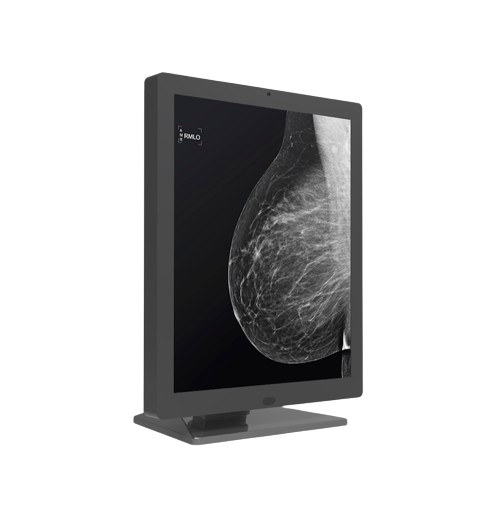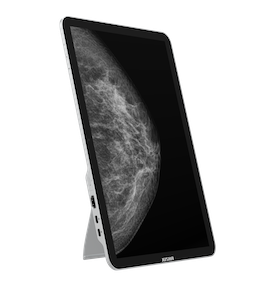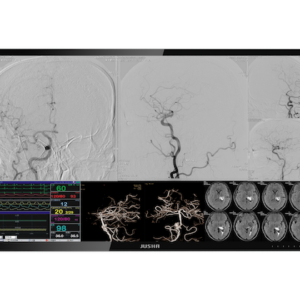Description
1. DICOM Calibration
Complying with DICOM 3.14 standard and equipped with dynamic LUT, the monitor is ensured to meet the DICOM error requirements at any brightness, contrast, and color temperature, improves the accuracy and stability of lesion diagnosis.
2. Full Screen Uniformity
Through the pixel-by-pixel full-screen brightness uniformity calibration, the difference in brightness and color temperature of different screen areas caused by the characteristics of the liquid crystal panel can be effectively reduced. Ensure that any area of the entire screen conforms to the DICOM standard, which can significantly reduce missed and misgauged diagnosis.
3. Jusha QA Compatible
Users can check and calibrate the monitor status by themselves, removing the side effects from panel’s aging, which prolongs the lifespan of the monitor and achieving more accurate image.
4. Integrated Front Sensor
The user can customize the black point brightness, white point brightness and environmental brightness of the DICOM curve according to the actual environment and diagnosis requirements. Build-in sensors measure the current display brightness in real time, enabling the monitor automatically adjusted to the best status, and complying with DICOM standard any time.
5. Human Detection
Human detection feature will turn off the monitor when no person is presented. This prolongs the monitor’s life cycle and helps save energy.
6. High Brightness
Brightness is one of the most important performance indicators of medical displays. High brightness can achieve a larger dynamic range and more gray-scale details, which can help locate the lesion and improve the accuracy of diagnosis.
7. 16-bit LUT
The 16-bit lookup table further reduces the DICOM error, and the distinction between two adjacent gray scales is more obvious, which is conducive to the diagnosis of the early lesion tissue with the smallest gray scale difference from the normal tissue.





